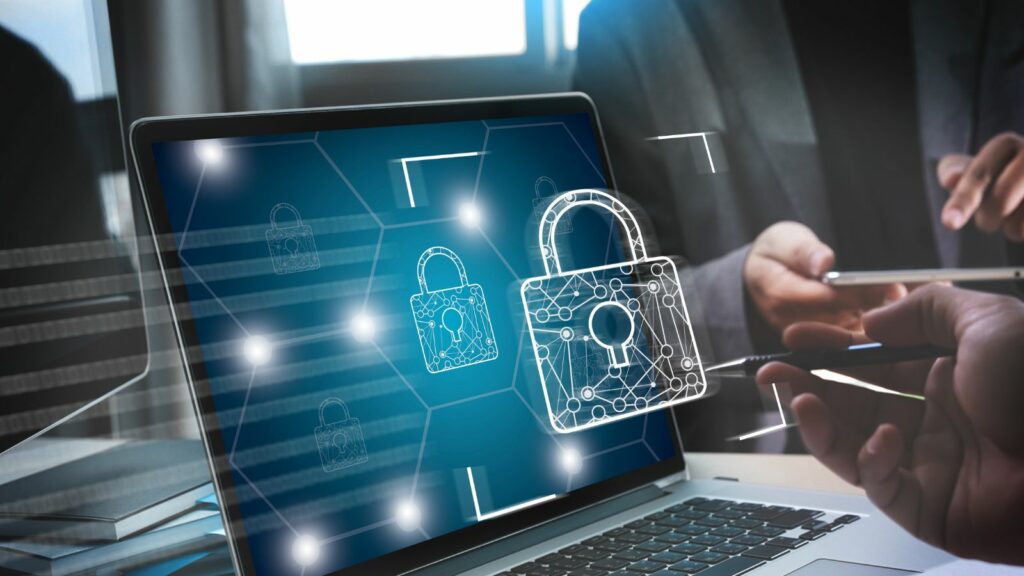
In today’s digital world, where technology connects people and businesses globally, cybersecurity plays a crucial role in safeguarding information and infrastructure. Cyber threats continue to evolve, becoming more sophisticated and frequent. To counter these threats effectively, organizations are turning to Cyber Fusion Centers (CFCs) as a proactive approach to enhance their threat intelligence and response capabilities.
What are Cyber Fusion Centers?
We’ll dive deeper into ‘What is a cyber fusion center?’ in the paragraphs below:
Cyber Fusion Centers are specialized units within organizations that integrate people, processes, and technology to strengthen cybersecurity operations. They serve as nerve centers where information from various sources, such as security tools, threat intelligence feeds, and internal incident reports, is collected, analyzed, and acted upon in a coordinated manner.
Components of Cyber Fusion Centers
- Integration of Teams: CFCs bring together multidisciplinary teams, including analysts, engineers, threat hunters, and incident responders. This collaboration fosters a holistic understanding of cybersecurity issues and facilitates quicker and more informed decision-making.
- Technology Integration: CFCs utilize advanced technologies like Security Information and Event Management (SIEM) systems, Threat Intelligence Platforms (TIPs), and automation tools. These technologies help in aggregating data, correlating events, and automating routine tasks, thereby enabling analysts to focus on more complex threats.
- Processes and Workflows: Defined processes and workflows ensure that information flows seamlessly within the CFC. Incident response plans, escalation procedures, and communication protocols are established to handle security incidents promptly and effectively.
Enhancing Threat Intelligence
- Aggregation of Data: CFCs collect and aggregate data from diverse sources, including network logs, endpoint devices, cloud services, and external threat intelligence providers. This comprehensive data collection provides a broader view of the organization’s security posture and potential threats.
- Contextual Analysis: Analysts in CFCs perform contextual analysis by correlating various data points to identify patterns and anomalies. This helps in distinguishing between normal network activities and suspicious behavior that may indicate a security incident.
- Real-time Monitoring: Continuous monitoring of network traffic and system logs allows CFCs to detect potential threats in real-time. Early detection improves response times and minimizes the impact of cyber incidents.
Strengthening Incident Response
- Early Detection: By combining threat intelligence with real-time monitoring, CFCs can detect security incidents at their earliest stages. This proactive approach reduces the dwell time of threats within the network.
- Incident Triage and Prioritization: CFCs prioritize incidents based on their severity and potential impact on the organization. This ensures that resources are allocated efficiently to address critical security incidents first.

- Coordination and Communication: Effective communication and coordination within the CFC and with external stakeholders (such as IT teams, legal departments, and law enforcement agencies) streamline incident response efforts. Clear communication channels facilitate swift decision-making during high-pressure situations.
Challenges and Considerations
- Resource Allocation: Establishing and maintaining a CFC requires significant investment in terms of technology, personnel, and training. Organizations must carefully balance these resources to maximize the effectiveness of their cybersecurity operations.
- Skills and Expertise: Cybersecurity professionals within CFCs need specialized skills in threat analysis, incident response, and digital forensics. Continuous training and development are essential to keep pace with evolving cyber threats.
- Legal and Compliance Issues: CFCs must operate within legal and regulatory frameworks governing data privacy, incident reporting, and information sharing. Compliance with these regulations ensures that cybersecurity operations do not inadvertently breach legal requirements.
Future Trends in Cyber Fusion Centers
- Artificial Intelligence and Machine Learning: The integration of AI and ML technologies will enhance the capabilities of CFCs in automating threat detection, analyzing large datasets, and predicting future attack trends.
- Cloud Integration: As organizations migrate their infrastructure to cloud environments, CFCs will need to adapt their strategies to secure cloud-based assets and data effectively.
- Collaboration and Information Sharing: Increased collaboration among CFCs across different organizations and sectors will facilitate the exchange of threat intelligence and best practices, enhancing collective cybersecurity resilience.
Conclusion
In conclusion, Cyber Fusion Centers play a vital role in enhancing an organization’s ability to detect, respond to, and mitigate cyber threats effectively. By integrating teams, processes, and technologies, CFCs enable proactive threat intelligence gathering and coordinated incident response. As cyber threats continue to evolve, the role of CFCs will become increasingly crucial in safeguarding digital assets and maintaining the trust of stakeholders. Organizations that invest in establishing robust Cyber Fusion Centers will be better positioned to mitigate cyber risks and adapt to the dynamic cybersecurity landscape of the future.







